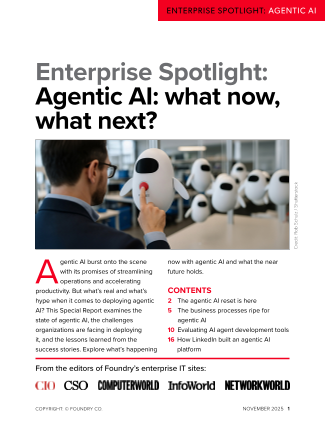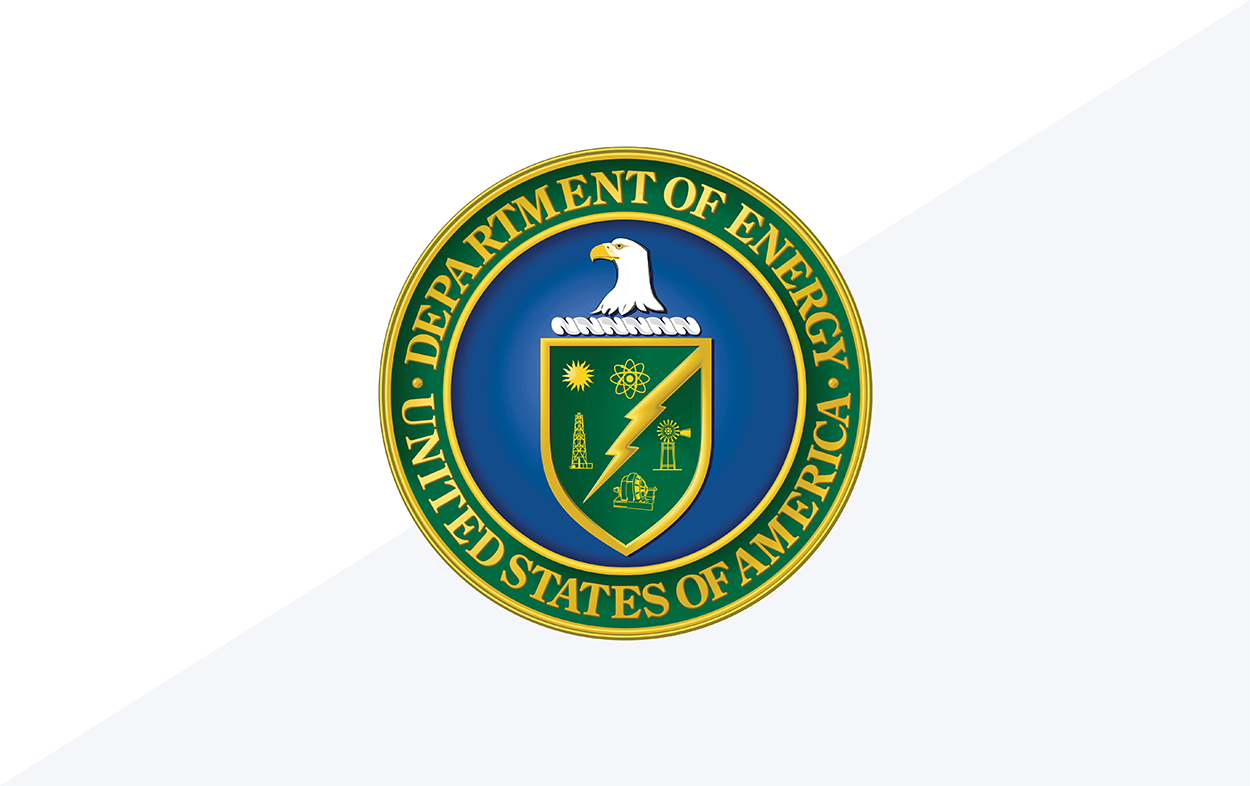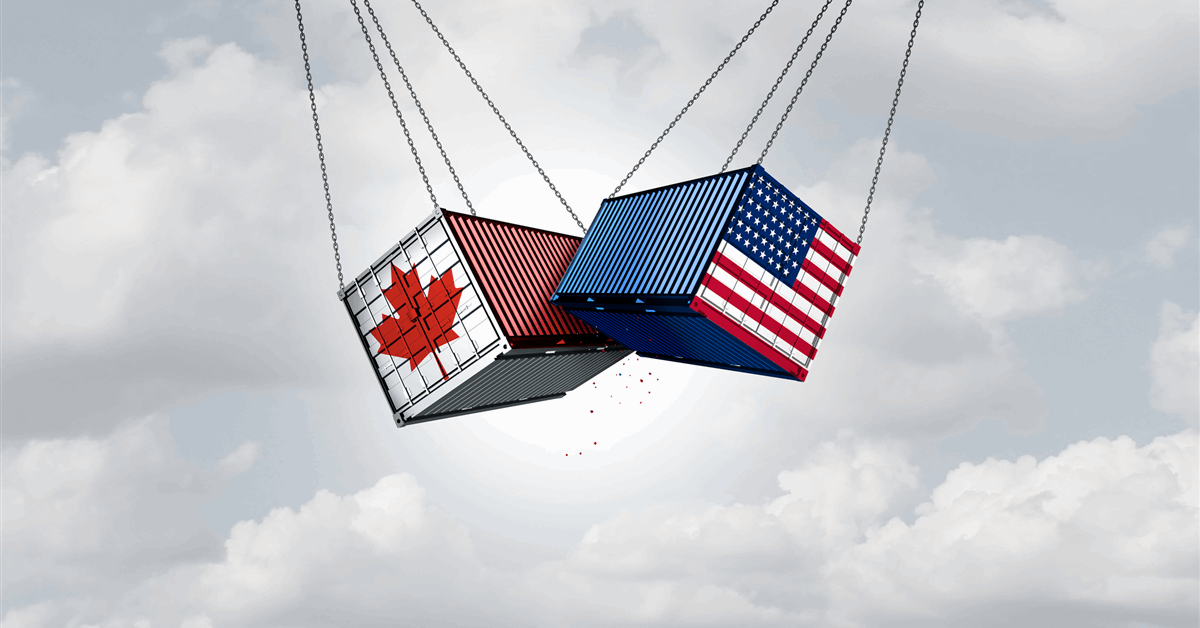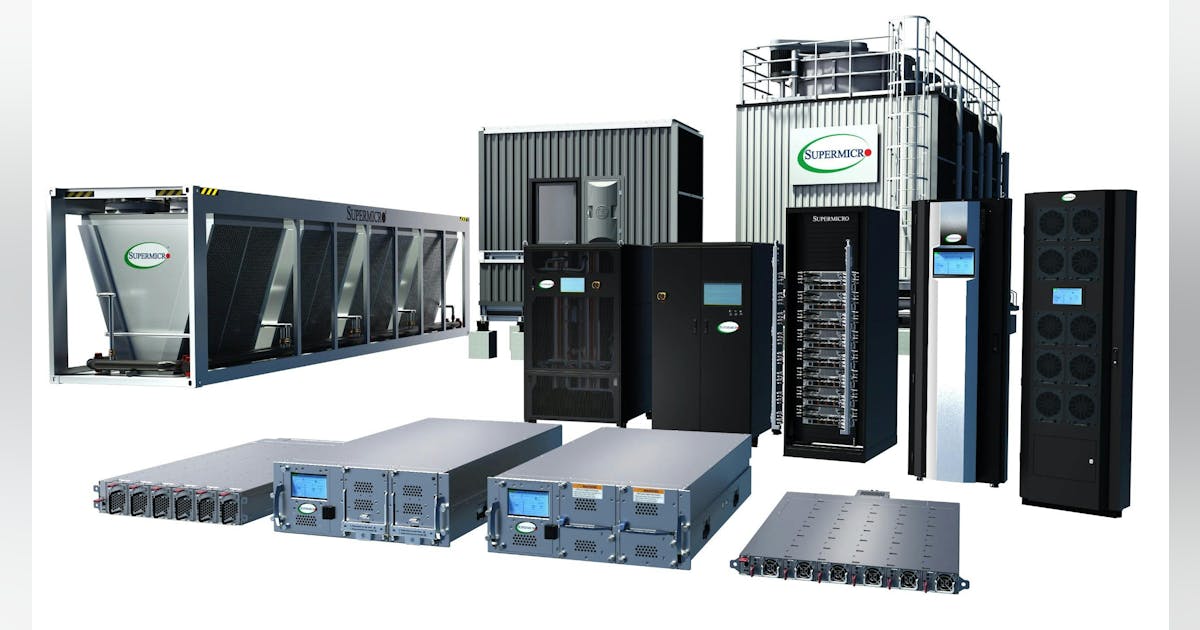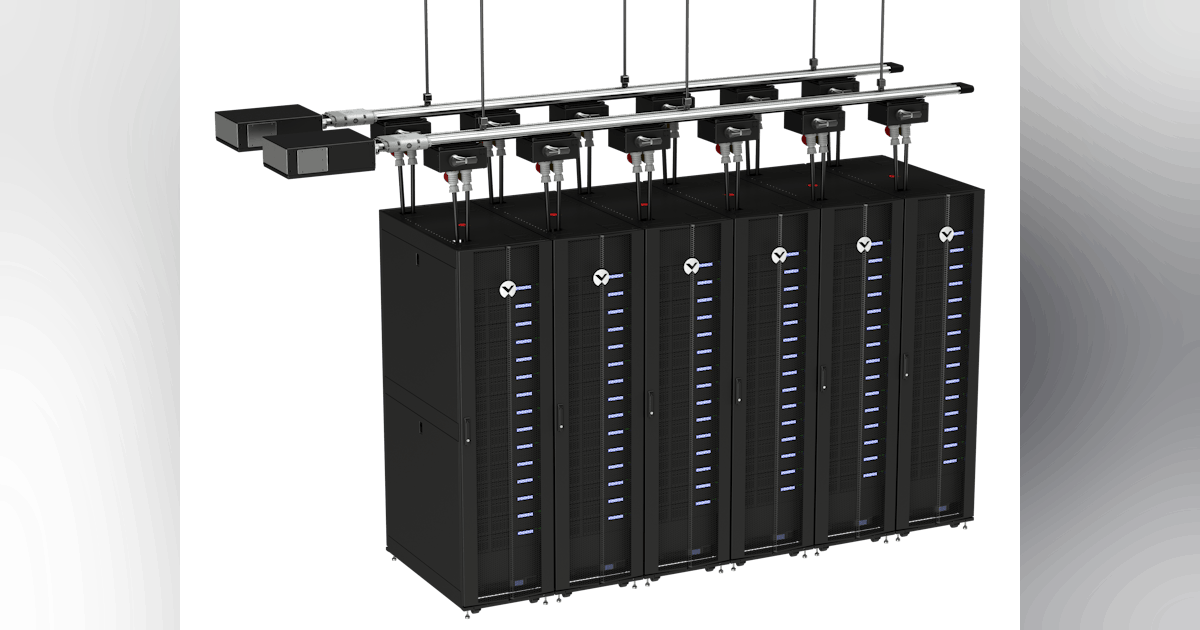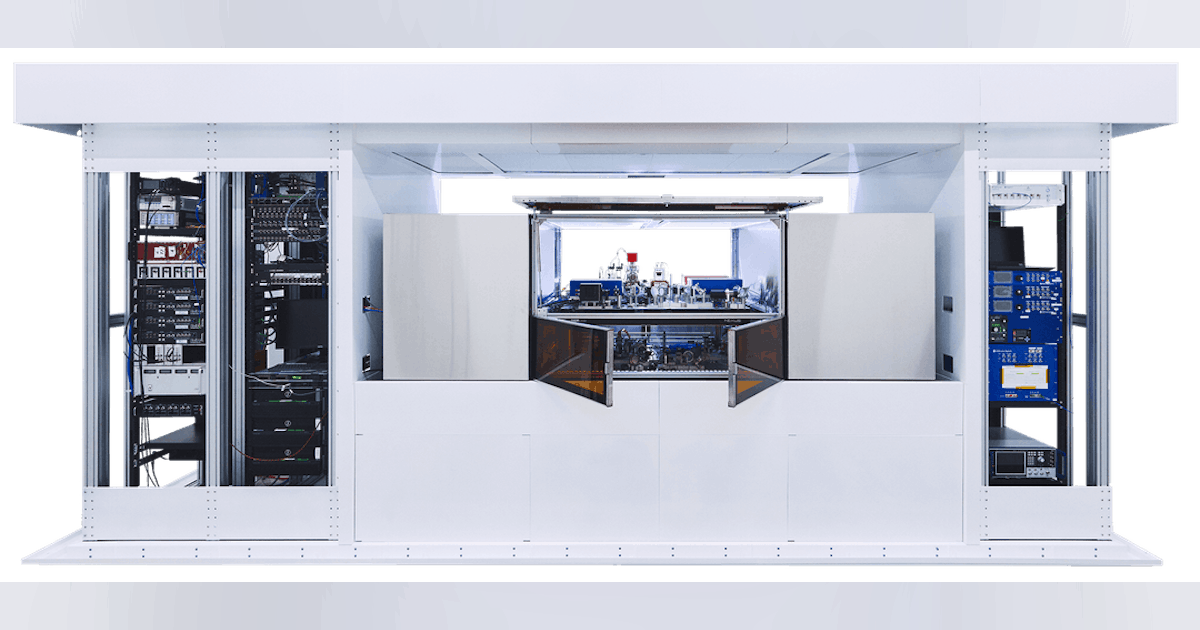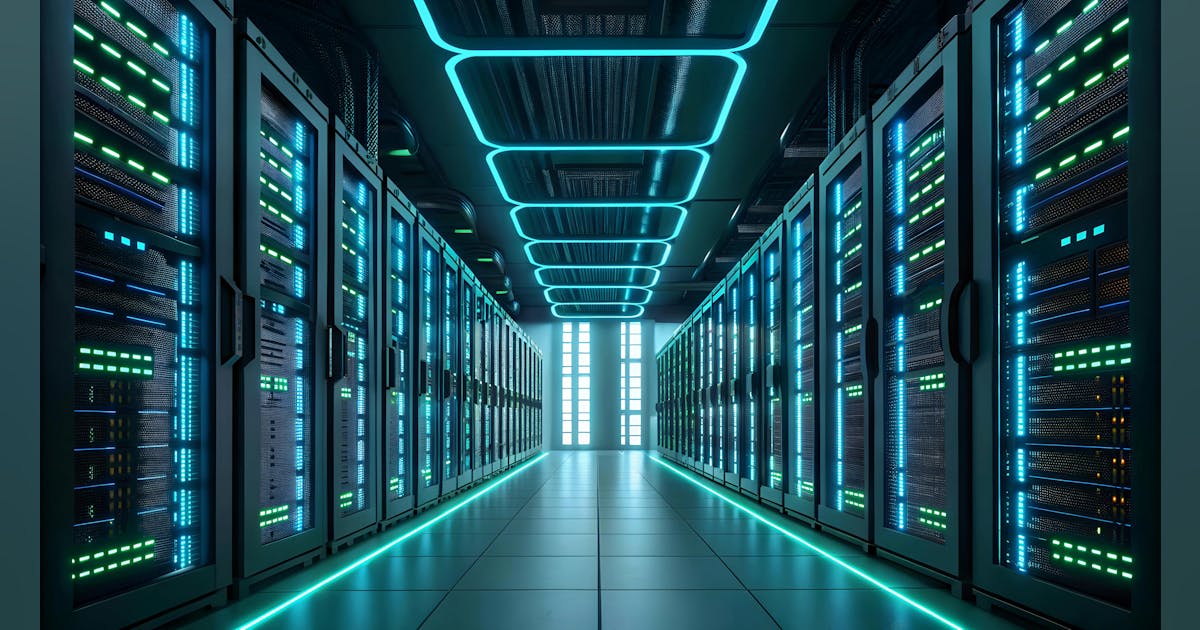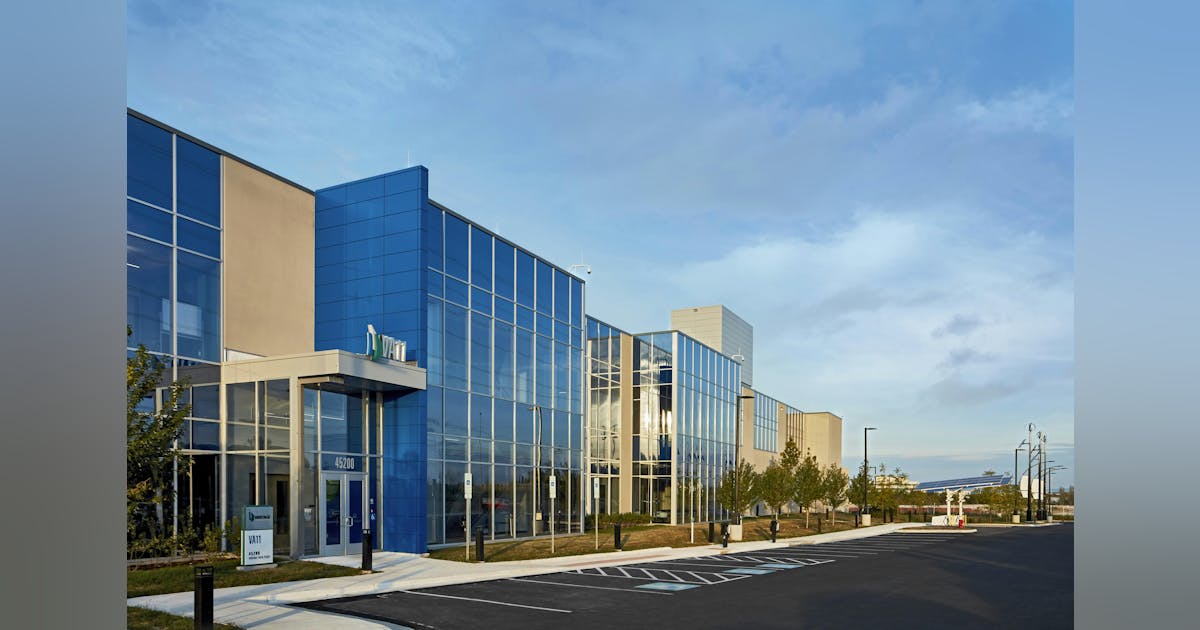
Perma-Pipe International Holdings Inc. has secured a contract in the Gulf Cooperation Council region. The company said in a media release it has been contracted to provide thermal insulation, anti-corrosion coatings, and other services from its Abu Dhabi facility.
Project commencement is expected in the third quarter of 2025, the company said, putting the project’s price tag above $43 million.
This project will utilize Perma-Pipe’s anti-corrosion coatings capabilities, fabrication, and the TRACE-THERM insulation system, a spray-applied polyurethane foam jacketed with a high-density polyethylene casing, the company said.
“This award follows the successful execution of numerous development projects in the region. Our differentiated coating solutions have proven to be well-suited for technically challenging projects”, Saleh Sagr, Senior Vice President for Perma-Pipe’s MENA region, said.
“This award provides evidence that our technologies are well-positioned to meet the complex requirements in virtually all geographies as we continue our focus on highly active oil and gas markets worldwide. This project continues an increase in large-scale project activity we are seeing globally and, when coupled with other recently announced project awards, further strengthens our record backlog position heading into 2025”, David Mansfield, President, and CEO, commented.
To contact the author, email [email protected]
What do you think? We’d love to hear from you, join the conversation on the
Rigzone Energy Network.
The Rigzone Energy Network is a new social experience created for you and all energy professionals to Speak Up about our industry, share knowledge, connect with peers and industry insiders and engage in a professional community that will empower your career in energy.
MORE FROM THIS AUTHOR

